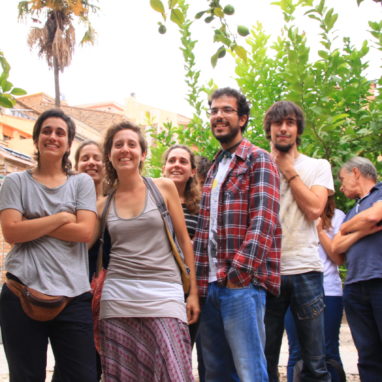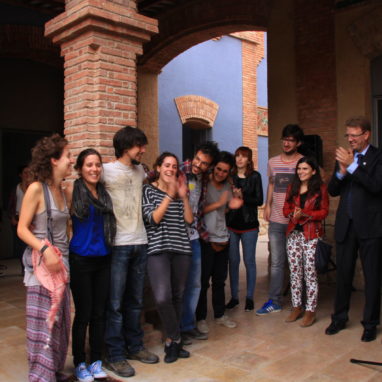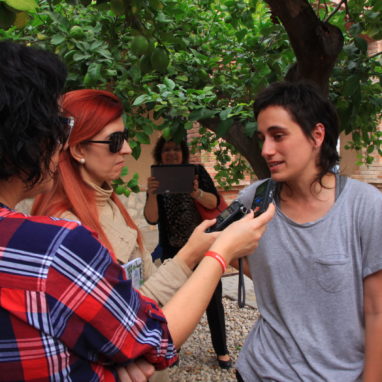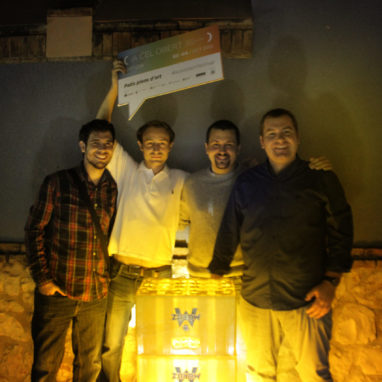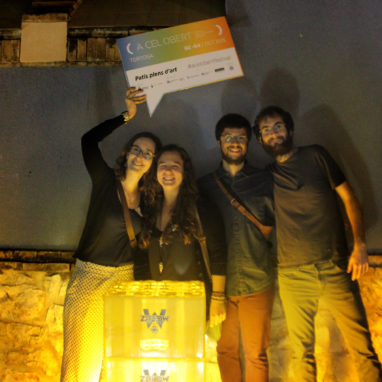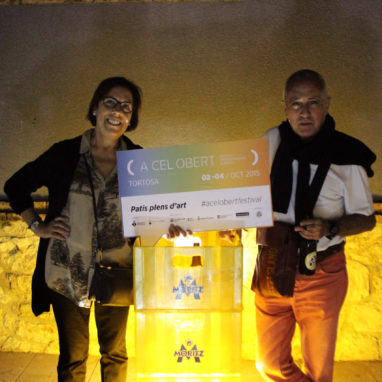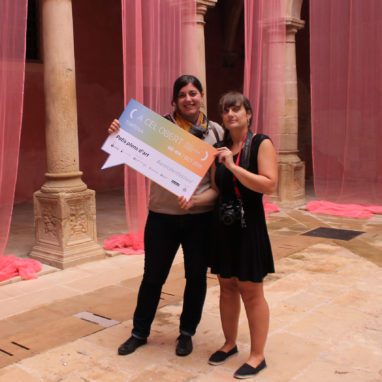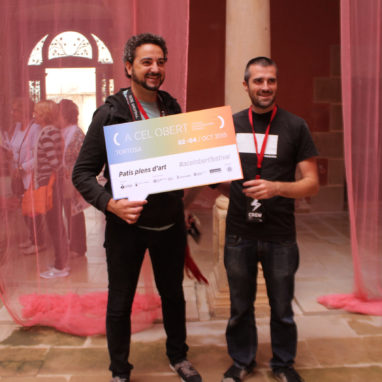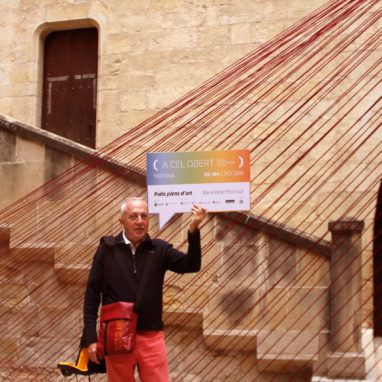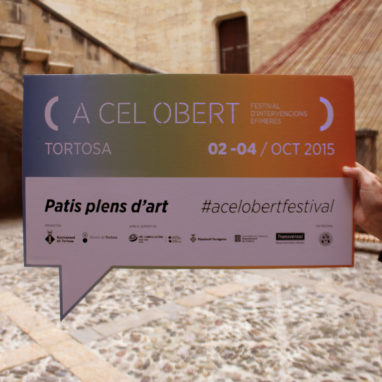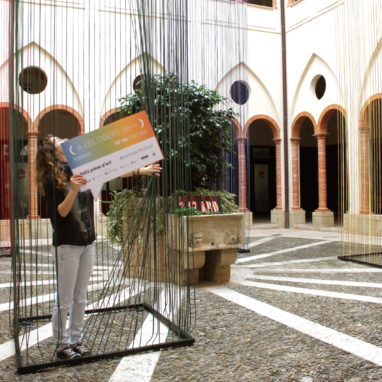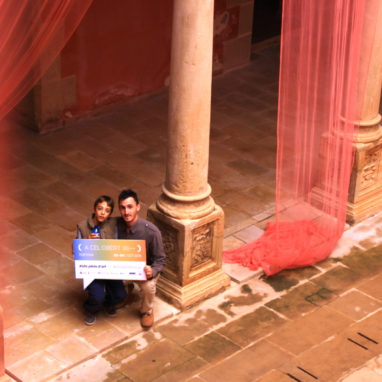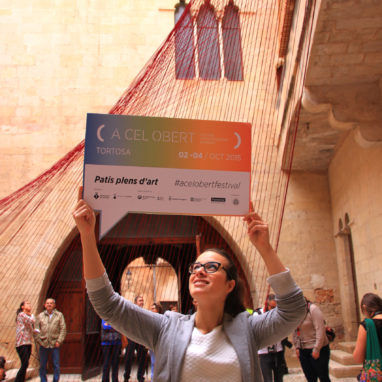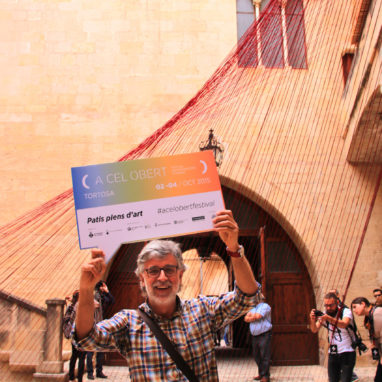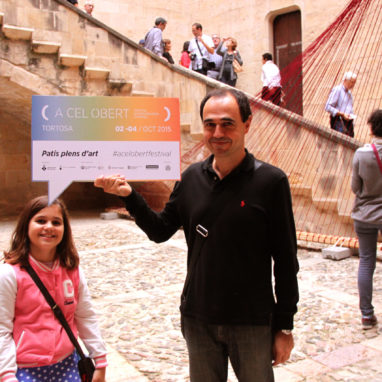
The theme of the edition was: Colour.
Colour (chróma, chrómatos in Greek) is a perceptual property caused by light when it interacts with the eye, the brain, and our own experience. The term colour is also used to refer to the properties of objects that generate these perceptions.
Not only is it a physical issue but there is also something psychological and emotional in the perception of colours. The sensations that they transmit to us and the way in which they influence the moods of people have turned them into a source of inspiration and one of the most precious tools for artists, as well as into an object of reflection among philosophers, psychologists and scientists.
Yellow and red symbolise high temperatures and passionate moods. Blues and greens transport us to a cold, or at least cool space. Joy or sadness, movement or stillness…
[14th century; from the Latin color, –ōris, id.]
1 [PHYSICS] Sensation produced by light radiation on the organs of vision, variously absorbed and reflected by bodies.
2 [PHYSICS ART] Each of the colour variants. Yellow, lilac, golden.
*By extension. Colours that are fresh, cheerful, vibrant, bright, sad, muted, dead.
*By extension. The colour of a crow’s wing, wheat, cinnamon, meat, chestnut, the sky, ash, fire, lemon, goose excrement, gold, straw, lead, rose, saffron, orange, wine.
*pl. Distinctive mark of a nation, an entity, a club, etc. Feeling the colours. Fighting for your colours.
Source: Enciclopèdia Catalana, Diccionari.cat






